6 Nd Filter How Many Stops ?
A 6-stop neutral density (ND) filter reduces the amount of light entering the camera by 6 stops. This means that it allows only 1/64th of the original amount of light to pass through the lens. ND filters are commonly used in photography to achieve longer exposure times or to use wider apertures in bright lighting conditions.
1、 Definition and Purpose of ND Filters
A 6 ND filter reduces the amount of light entering the camera by 6 stops. ND stands for Neutral Density, and these filters are designed to evenly reduce the intensity of light without affecting the color or hue of the image. The purpose of using an ND filter is to allow photographers and videographers to have more control over their exposure settings, particularly in situations where there is too much light.
By reducing the amount of light entering the camera, ND filters enable the use of wider apertures, slower shutter speeds, or both, without overexposing the image. This is particularly useful in situations where a shallow depth of field is desired, such as portrait photography, or when capturing motion blur in subjects like waterfalls or moving vehicles.
The latest point of view regarding ND filters is that they are essential tools for photographers and videographers, especially in outdoor or bright lighting conditions. They allow for creative control over exposure settings and can enhance the overall quality of the image or video. ND filters are available in various strengths, ranging from 1 stop to 10 stops or more, allowing for a wide range of light reduction options.
In addition to controlling exposure, ND filters can also be used to achieve certain creative effects. For example, a long exposure shot using an ND filter can create a smooth, dreamy effect in water or clouds. ND filters are also commonly used in landscape photography to capture vibrant colors and details in bright daylight.
Overall, ND filters are versatile tools that offer photographers and videographers greater control over their exposure settings and creative possibilities. The 6 ND filter, reducing light by 6 stops, is a popular choice for many photographers looking to achieve a balanced exposure in bright lighting conditions.
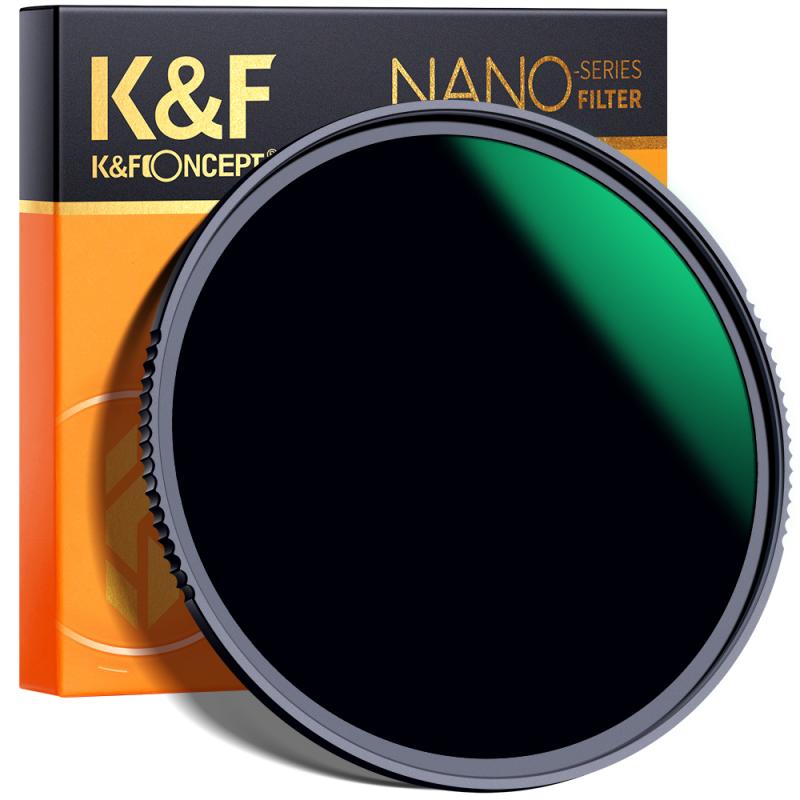
2、 Stops and Exposure Reduction in ND Filters
A 6 ND filter reduces the amount of light entering the camera by 6 stops. ND filters, or neutral density filters, are commonly used in photography and videography to control the exposure and create certain effects. They are particularly useful in situations where there is too much light, such as when shooting in bright sunlight or capturing long exposures.
The term "stops" refers to the measurement of exposure reduction. Each stop represents a halving or doubling of the amount of light reaching the camera's sensor. So, a 6 ND filter reduces the light by 6 stops, which means it allows only 1/64th (2^6) of the original light to pass through.
The use of ND filters has evolved over time, with advancements in technology and the increasing popularity of digital photography. In the past, photographers relied on physical filters that were placed in front of the lens. However, with the advent of digital cameras, many photographers now prefer to use software-based solutions to achieve similar effects.
Additionally, some modern cameras have built-in ND filters that can be electronically controlled. This allows photographers to adjust the exposure reduction without the need for physical filters. These electronic ND filters offer greater flexibility and convenience, as they can be easily adjusted to different levels of exposure reduction.
In conclusion, a 6 ND filter reduces the amount of light entering the camera by 6 stops, allowing only 1/64th of the original light to pass through. However, it is worth noting that the use of ND filters has evolved, with software-based solutions and electronic ND filters becoming more popular in recent years.
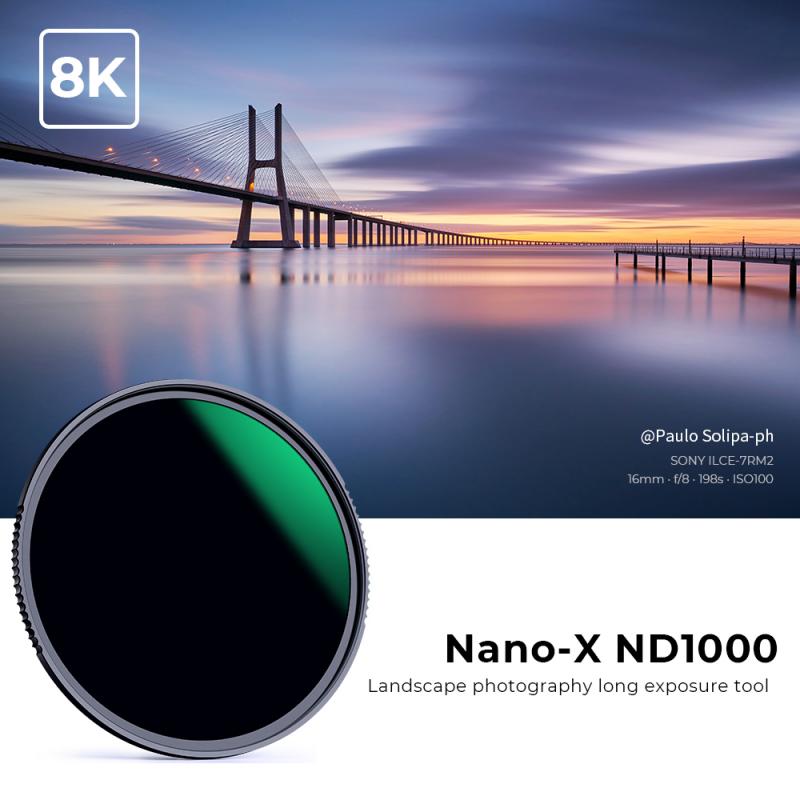
3、 Types of ND Filters and Their Stop Values
An ND filter, or neutral density filter, is a popular tool used in photography and videography to control the amount of light entering the camera lens. It helps in achieving creative effects such as motion blur, shallow depth of field, and long exposure shots. ND filters come in various types and stop values, each serving a specific purpose.
The stop value of an ND filter refers to the amount of light it blocks. It is measured in stops, with each stop representing a halving or doubling of the amount of light. For example, a 1-stop ND filter reduces the amount of light entering the lens by half, while a 2-stop ND filter reduces it by a quarter.
One common type of ND filter is the 6-stop ND filter. As the name suggests, it reduces the amount of light by 6 stops. This is a versatile filter that is often used in landscape photography to achieve long exposure shots of flowing water or to capture motion blur in clouds. It is also useful in situations where the lighting conditions are too bright, such as shooting in direct sunlight.
However, it is important to note that the stop values of ND filters can vary between manufacturers. Some may label a filter as a 6-stop ND filter, while others may label it as a 1.8 ND filter, which also represents a 6-stop reduction in light. Therefore, it is always recommended to check the specific stop value of a filter before purchasing or using it.
In recent years, there has been a growing trend towards higher stop values in ND filters. Some manufacturers now offer filters with stop values as high as 10 or even 15 stops. These filters are particularly useful for long exposure photography, allowing photographers to capture stunning images of landscapes or cityscapes with smooth, blurred motion.
In conclusion, a 6-stop ND filter reduces the amount of light entering the lens by 6 stops, making it a versatile tool for various photography and videography applications. However, it is important to check the specific stop value of a filter as it may vary between manufacturers. Additionally, the trend towards higher stop values in recent years has opened up new possibilities for creative photography techniques.
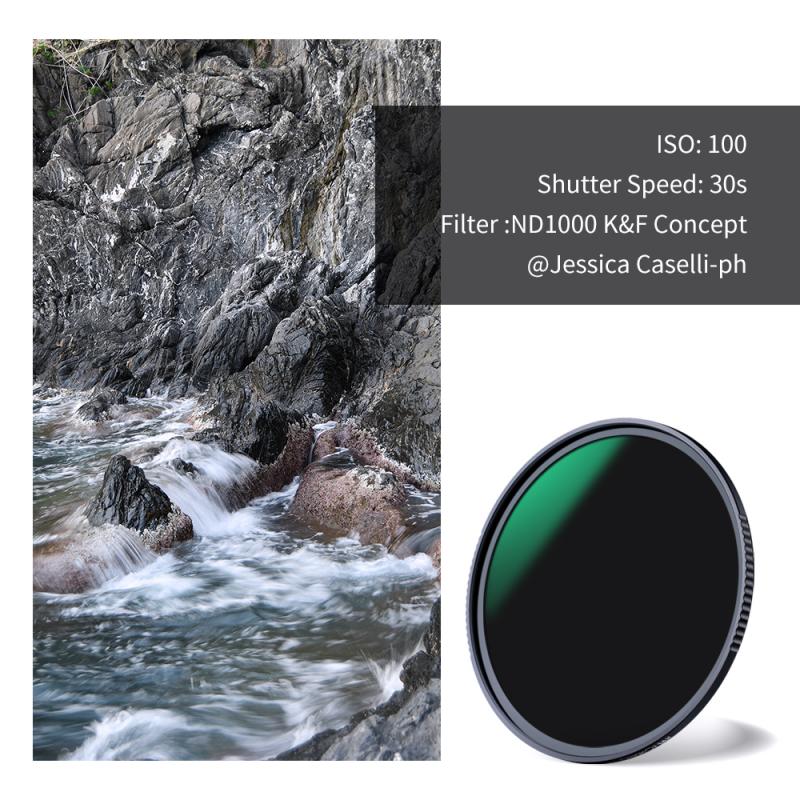
4、 Choosing the Right ND Filter Stop Value for Your Needs
A 6 ND filter is commonly referred to as a 6-stop ND filter. It is a type of neutral density filter that reduces the amount of light entering the camera by 6 stops. This means that it allows only 1/64th of the original light to pass through the lens.
The purpose of using an ND filter is to achieve certain creative effects in photography. By reducing the amount of light, it allows for longer exposure times, which can result in motion blur effects such as silky smooth waterfalls or streaking clouds. It also enables the use of wider apertures in bright conditions, allowing for shallow depth of field and selective focus.
Choosing the right ND filter stop value depends on the specific needs of the photographer and the shooting conditions. A 6-stop ND filter is considered to be a medium strength filter, providing a moderate reduction in light. It is suitable for a variety of situations, including landscape photography, long exposure photography, and portrait photography.
However, it is important to note that the choice of ND filter stop value is not a one-size-fits-all approach. The ideal filter strength will vary depending on factors such as the amount of available light, desired exposure time, and the effect you want to achieve. It is always recommended to experiment with different filter strengths to find the one that best suits your needs.
In recent years, advancements in camera technology have made it possible to achieve similar effects without the use of ND filters. Some cameras now have built-in ND filters that can be electronically adjusted, allowing for greater flexibility and convenience. However, traditional ND filters still offer advantages such as better image quality and the ability to stack filters for even greater light reduction.
In conclusion, a 6-stop ND filter is a versatile tool for photographers looking to control exposure and achieve creative effects. However, it is important to consider individual shooting conditions and preferences when choosing the right ND filter stop value.



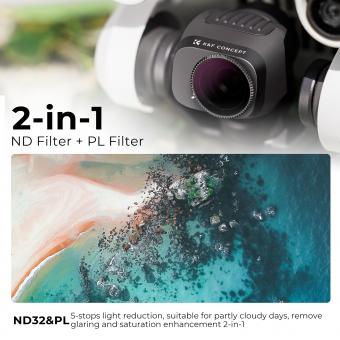
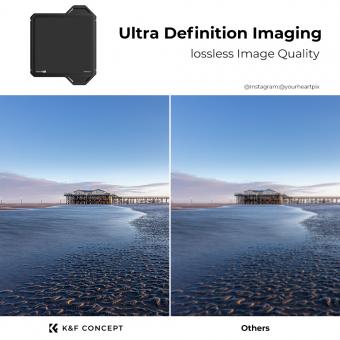
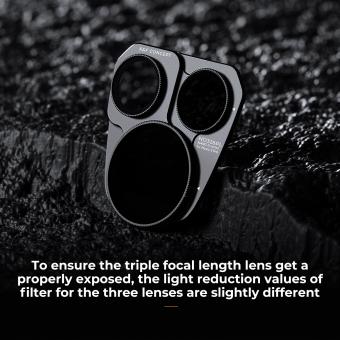


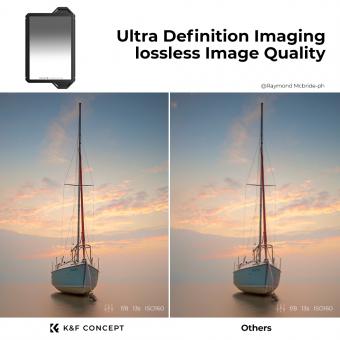

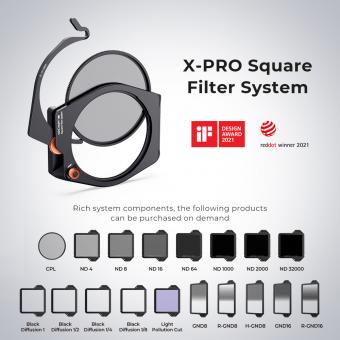


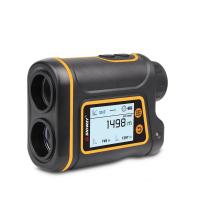
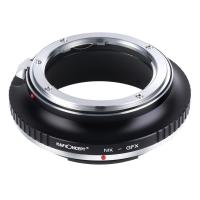




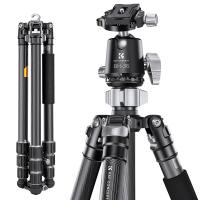

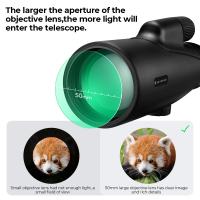
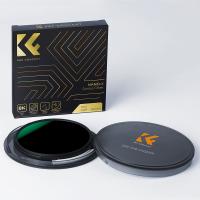


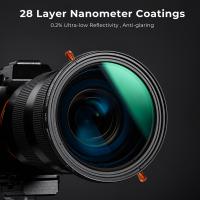




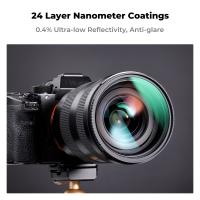
There are no comments for this blog.